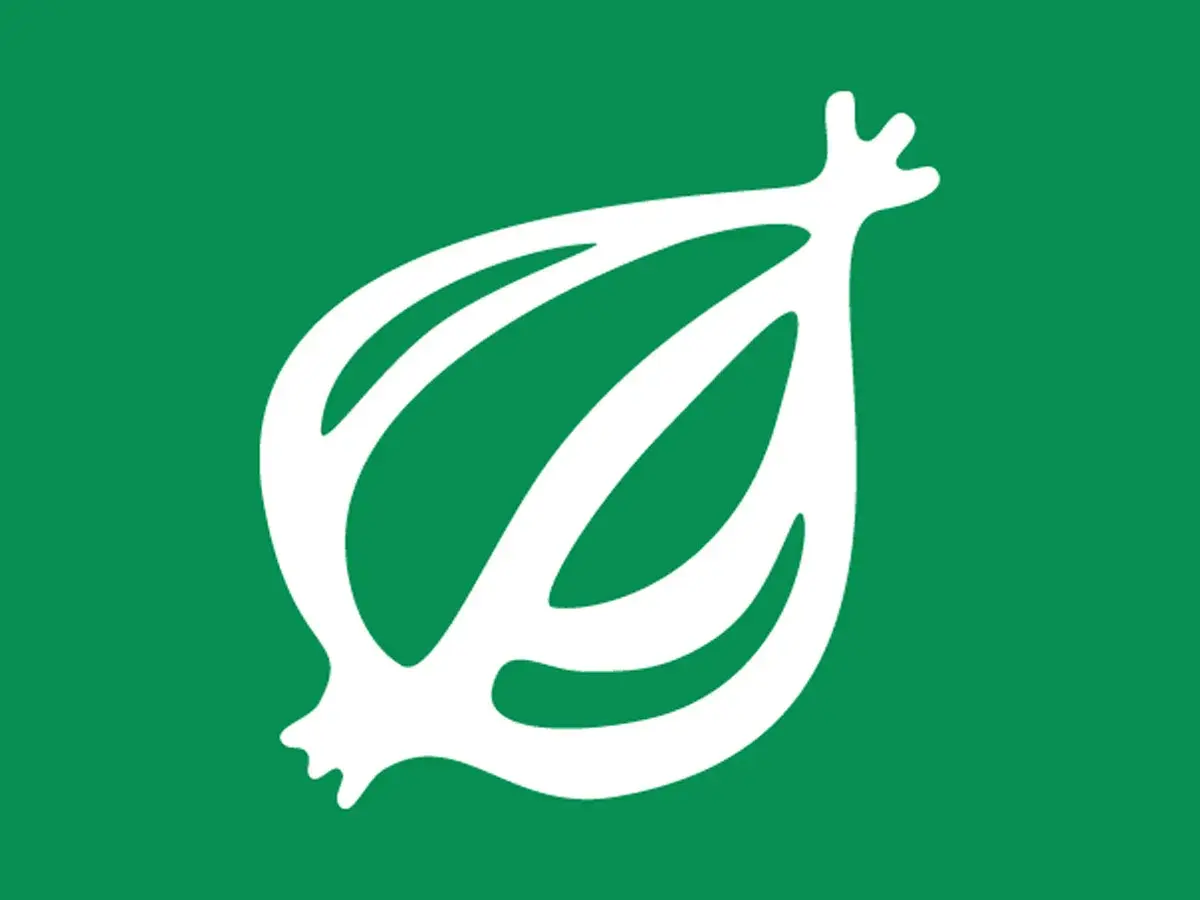Yeah, that’s the name of the character, but not the comic strip.
- 8 Posts
- 137 Comments
Wouldn’t the microwave lose more “waves” that don’t hit the mug?
Don’t the microwaves keep reflecting off of the inside of the microwaves until they hit a water molecule? If they didn’t, the inside of the microwave would heat up along with the water.

 0·30 days ago
0·30 days agoI can’t envision a federated service dying
The only way Lemmy could “die” would be if it is surpassed by a similar project (like Sublinks, Piefed, Mbin). If that project is also part of the fediverse, that wouldn’t necessarily be a bad thing.
Edit: I suppose another way Lemmy could die would be if one of the larger instances somehow makes a closed-source fork of the software and improves it to the point where the majority of users flock to it. My hope is that Lemmy is already decentralized enough that this couldn’t happen, and that Lemmy users would be savvy enough to oppose this if it did.

 0·1 month ago
0·1 month agoGiven the tech-oriented nature of Lemmy users, I’m surprised r/sysadmin doesn’t have a Lemmy equivalent yet.

 0·1 month ago
0·1 month agoWould there be some way to have the algorithms localized to the user (or instance)? If data needs to be compared between users, would there be some way to anonymize the data first?

 1·1 month ago
1·1 month agoPiracy is pretty much the only way the original Star Wars movies are still available.
“I am altering the movie. Pray I don’t alter it any further.” - George Lucas, probably.

 1·1 month ago
1·1 month agoA couple months ago, I didn’t buy a cheap Blu-ray drive and did not download MakeMKV. Since I did not do this, I can’t report on how great it is.

 0·2 months ago
0·2 months agoDefinitely a good sublemmy, along with !goodnewseveryone@sh.itjust.works, !goodnews@kbin.social, and !optimistsunite@reddthat.com.
I think OP is looking for instances though, not just sublemmies.
You should crosspost this there.

 0·2 months ago
0·2 months agoMendelssohn Octet, 1st movement.

 0·2 months ago
0·2 months agoFollowing what? And how?

 8·2 months ago
8·2 months agoLike electric model airplanes and drones, but larger. Battery energy density is not high enough (yet) to electrify long-haul jumbo jets, but we’re beginning to see the electrification of small short-range aircraft.

 0·2 months ago
0·2 months agoI love hydrogen, but it’s a bit of a pain in the ass to transport and store.

 6·2 months ago
6·2 months agoAnd if all else fails: !nowhereelsetoshare@sh.itjust.works

 0·2 months ago
0·2 months agoWhat happens when someone posts to a local version of a community whose home instance no longer exists? I assume local users can see the post, but it doesn’t federate to any other instances?
I feel as though federated communities should automatically lock if the home instance closes down. Otherwise, users on other instances can continue posting with no knowledge that their posts aren’t being federated.

 2·3 months ago
2·3 months agoThanks, good to know! Glad to see that the issue has some recent activity.

 0·4 months ago
0·4 months agoHoly crap what is that website. Cant read shit.
Here you go:
Insulated blue light-emitting diodes could banish OLED burn-in for good
News
By Aaron Klotz
published 22 hours agoThis new design change could kill off burn-in, reduce manufacturing complexity, and reduce power consumption in future OLED TVs and monitors.
OLED technology is quickly gaining traction in the PC market and powers some of the best gaming monitors. However, the Achilles heel of OLEDs has always been its burn-in, which inevitably reduces the lifespan of OLED monitors and TVs. No one has been able to fully rectify this issue. However, a new OLED design philosophy created by researchers at the University of Cambridge and reported by Nature has the potential to kill off burn-in for good.
To address this, the University of Cambridge has developed a new OLED design that better controls the light from a blue-light-emitting diode and reduces its power consumption. The blue light-emitting diodes are covalently encapsulated by insulating alkylene straps.
OLED burn-in is generated by the emission of unstable and inefficient light from the blue-light-emitting diode in an OLED display. As a result, putting an insulating material over the blue light diode specifically helps reduce the instability of the blue light protecting the display from potential burn-in issues that could occur.
“Here we introduce a molecular design where ultranarrowband blue emitters are covalently encapsulated by insulating alkylene straps,” reads the Cambridge research paper. “Organic light-emitting diodes with simple emissive layers consisting of pristine thermally activated delayed fluorescence hosts doped with encapsulated terminal emitters exhibit negligible external quantum efficiency drops compared with non-doped devices, enabling a maximum external quantum efficiency of 21.5%.”
This new “paradigm” shift in OLED technology has several positive knock-on effects that will further simply the manufacturing process of OLED displays. Current OLED displays use several layers of specialized materials to help reduce burn-in effects, but the introduction of insulated blue light-emitting diodes means that many of these layers can be deleted entirely from an OLED display, reducing manufacturing costs. This new design is also more power efficient, which should lead to more power-efficient OLED monitors and TVs in the future.
If this new OLED design change proves successful, OLED displays will finally be free from the burn-in issues the technology has had since its inception. Displays could run practically forever and not succumb to any brightness changes or designs “sticking” to the screen.
However, this technology is still in the research phase, so it will take time before we see this design methodology shift to the manufacturing phase, where OLED displays are manufactured with this new design in mind.

 0·4 months ago
0·4 months agoAs a user of
sh.itjust.works, I was unaware of the Cloudflare issue, and I still do not fully understand it. What does Cloudflare do, and what problems does it pose to my instance and the Fediverse as a whole? Should I be petitioning my admins to move to an alternative?As for the disproportionate size, I think that is somewhat inevitable, even with a Federated platform. There will always be a small number of large instances and a large number of small instances. I’m not sure if size alone is a reason to migrate a community, though if a more active equivalent exists on a smaller instance, that should obviously be celebrated.
It might be interesting to replicate their content here in such a way that it doesn’t link back to them.
That is an interesting idea, but I’m not sure if it would work in this case. Many posts are in a Q&A format, and if a bot were to crosspost all the content here, any answers here wouldn’t necessarily make it back to the OP. Had you considered this? In general, I think that we ought to be strengthening ties between instances rather than weakening them.

 21·6 months ago
21·6 months agoCool! Its like Geoguessr meets Wikispeedia!







Rabbits engage in coprophagy to extract more nutrients using their short digestive tracts. Is this analogous to training ML models on AI-generated output?